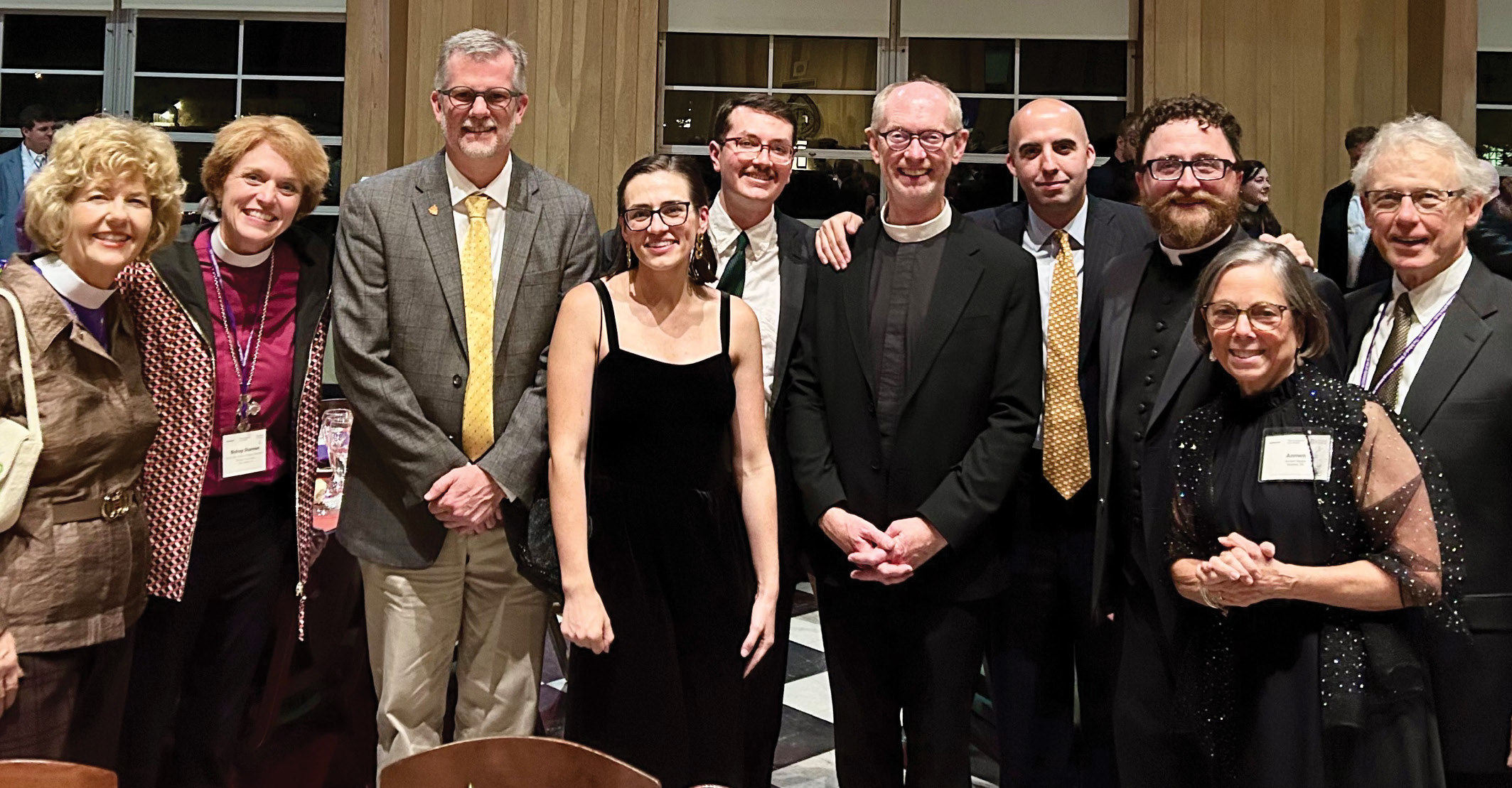
Revisiting the Ten Lepers and Crossing Human-made Boundaries
In 2009, Neil White penned a memoir about the years he spent in minimum-security incarceration in Carville, Louisiana—adjacent to this country’s last hospital for persons with leprosy. Before his incarceration, White had been a high-rolling executive whose spending far outpaced his income. When he was convicted for check-kiting, he found himself at Carville—aghast that otherwise healthy inmates and persons with leprosy were to share the same campus.
Not long into his sentence, White began getting to know some of the leprosy patients who lived at Carville. But for the happenstance of him having been sentenced there, he would never have been in contact with human beings who were seemingly so different—but, really, not so different—from White. The patients—some of whom were wheelchair-bound and suffering severe disfigurement from their illness—had lives and stories; they were as fully human as White himself. White’s memoir suggests that his time at Carville helped him see the patients and himself differently, and that he was a changed man in many ways after his incarceration.
In Luke 17:11-19, we find Jesus encountering ten lepers who but for their sickness might not have had occasion to come together:
On the way to Jerusalem Jesus was going through the region between Samaria and Galilee. As he entered a village, ten lepers approached him. Keeping their distance, they called out, saying, “Jesus, Master, have mercy on us!” When he saw them, he said to them, “Go and show yourselves to the priests.” And as they went, they were made clean. Then one of them, when he saw that he was healed, turned back, praising God with a loud voice. He prostrated himself at Jesus’ feet and thanked him. And he was a Samaritan. Then Jesus asked, “Were not ten made clean? But the other nine, where are they? Was none of them found to return and give praise to God except this foreigner?” Then he said to him, “Get up and go on your way; your faith has made you well.”
In this passage, readers find Jesus encountering ten lepers. But for the happenstance of their illness, the ten men might never have been together. But their illness left them outcast from family and community, and forced them into a new existence apart from the world they’d known. Somehow, they’d heard about this Jesus. They’d clearly heard that Jesus had healed someone; perhaps he could heal them, too. Not daring to draw too close to him in their sickness, they called out to him, begging him to have mercy.
Jesus sent the men on to present themselves to the priests—for in the ancient Jewish world, the priests would pronounce them healed and clean. Only then could they be restored to their communities. The ten men headed off together, but one of the men stopped, and returned to Jesus, praising God for his healing. We’re told that this man who returned to Jesus was a Samaritan—a foreigner, not a Jew, and one who likely had no priest to whom to go. Offering his thanks and praise before he made his way back to his people would seem a reasonable response.
It might well have been that only the shared sickness which had removed them from their communities would have brought Jewish and Samaritan persons of the ancient world together in the way that we found those lepers. Their ethnic difference—and the fact that there was really no fondness shared between Jews and Samaritans in their culture—meant they otherwise might have avoided each other altogether, maintaining lines of separation and demarcation. A common ailment had displaced them from their communities. That same common ailment helped them recognize their need for Jesus—as they emerged from the shadows and called together for mercy as Jesus came near. For one moment, they were a single humanity.
I want to believe that the ten men weren’t just healed of their leprosy. I want to believe that, having come together with persons who hailed from different communities and ethnicities, and about whom there may have been many misconceptions and misgivings, they had also begun a healing journey from biases and prejudices, and separation from one another. I want to believe that, having been thrown together by the happenstance of illness, they realized that even in their healing they could continue to cross humanmade boundaries they wouldn’t have crossed before, and to allow their time together to guide them in better support of neighbors. I want to believe that when they encountered neighbors after their encounter with Jesus, it was with empathy and compassion, continuing to acknowledge a need for Jesus and recognizing that the afflictions of any of us are the afflictions of all of us.
It strikes me that, in our current world, a sickness of division and discord continues to displace us from the peaceful environment in which our God would have us live. But perhaps being thrown together in the discomfort of separation and intolerance may offer us a unique opportunity to share in one another’s humanity and to reflect upon our collective need for Jesus’ healing and mercy. We pray for healing from the divisions and separation that plague us. We pray for eyes to see and hearts to feel our shared humanity, and for God’s grace and mercy to traverse our humanmade boundaries and walk together in love, as we have been commanded.
